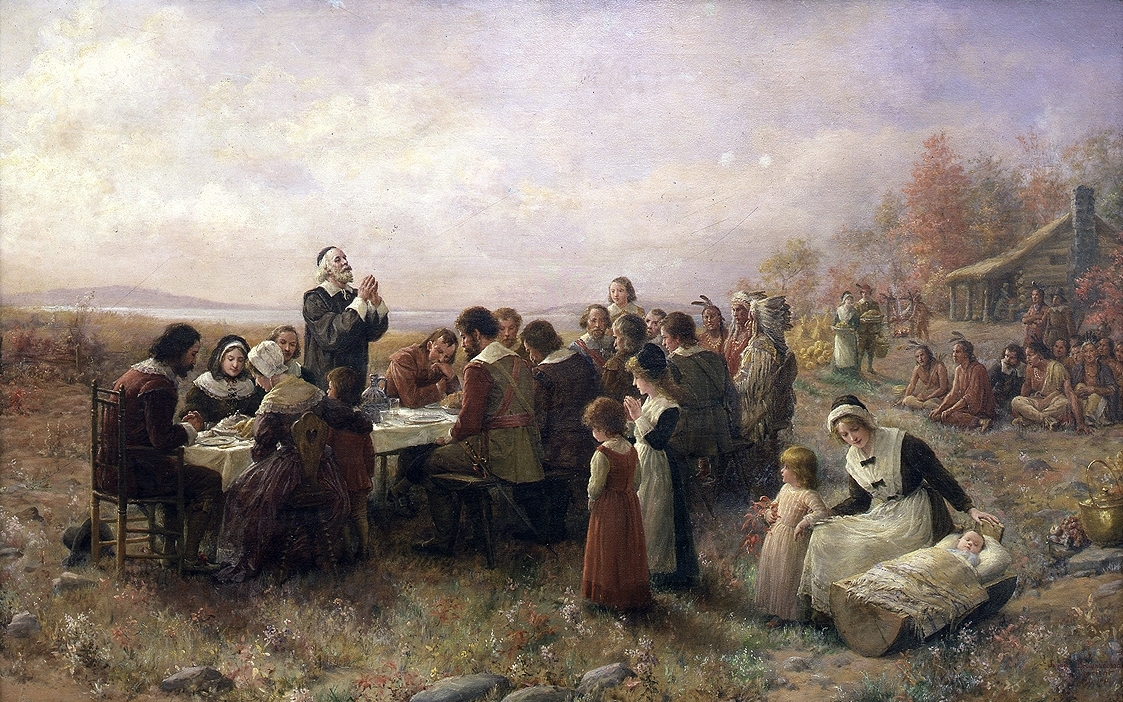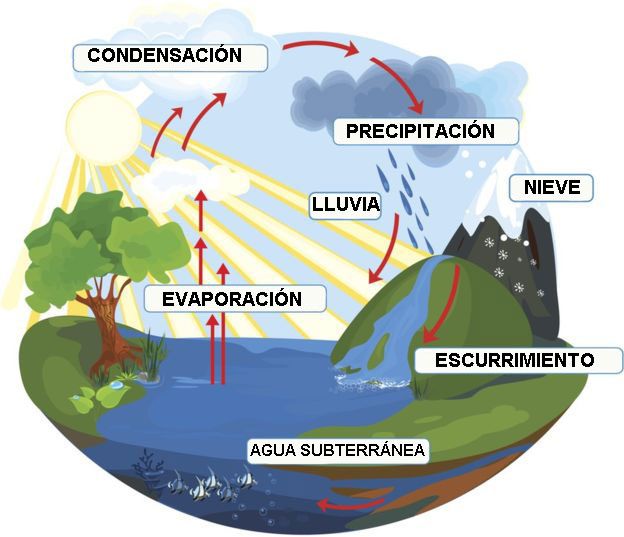28 oct 2024
20 oct 2024
14 oct 2024
NUEVA PAU 2024/25, SELECTIVIDAD
Publicadas las ORIENTACIONES DE HISTORIA DEL ARTE
ESTRUCTURA DE LA PRUEBA
El alumnado contará con 1 hora y 30
minutos para la realización de la prueba.
El alumnado tiene que responder a un máximo
de cuatro cuestiones: un enunciado obligatorio, un enunciado optativo y dos
imágenes optativas.
a) El enunciado (respuesta abierta)
numerado como «1» tiene que ser respondido de forma obligatoria.
b) Se responderá a un enunciado
(respuesta abierta) elegido por el alumnado entre los numerados como «2» y
«3».
c) Las cuatro láminas a color
identificadas como «IMAGEN A», «IMAGEN B», «IMAGEN C» e «IMAGEN D» deberán ser
objeto de comentario crítico (respuesta abierta). El alumnado deberá comentar
como máximo dos de estas cuatro imágenes.
Tanto los enunciados («1», «2» y «3»)
como los comentarios de las láminas a color («IMAGEN A», «IMAGEN B», «IMAGEN C»
e «IMAGEN D») se calificarán de 0 a 10 puntos, con dos cifras decimales.
4º ESO ERA OF REVOLUTIONS
B. LA REVOLUCIÓN FRANCESA 1789-99
B.1. INICIO B.2. FASES
D.1. LA RESTAURACIÓN DEL AR D.2.OPOSICIÓN A LA RESTAURACIÓN
VOCABULARY 1 / 2
c) What was the Manifest Destiny? d) Tell me three reasons that the colonists had to settle to the West.
d) Why is so important this date: 4th july 1776?
B.1. INICIO:
1. Causas LIBRO P.36
- Crisis ec debido a las malas cosechas. Provoca: subida del _________ y _______________.
- Crisis social, existe un gran descontento del _____________, + burgueses, porque: _________.
- Crisis financiera (Francia está endeudada) por los costes de la _____ y también por el alto coste de la ayuda en la G.Independencia a los ___________. El Rey, ______, sólo ve una única solución: ___________, pero siente "temor" ante la posible reacción de los privilegiados.
-Crisis política con la difusión de las __________, sobre todo tras el triunfo de las trece colonias.
2. Los Estados Generales 1789
- Comienza la REVOLUCIÓN. Los privilegiados y exigen a _____ que convoque Estados Generales (antiguo Parlamento, que son los únicos que pueden crear impuestos).
- CONVOCATORIA DE ESTADOS GENERALES. Los preside el rey y los forman los 3 estamentos, cada estamento tiene ____________.
*El tercer Estado pide un cambio: _____________, pues son la mayoría de la población y representan la voluntad de la nación.
LIBRO P.37 *El rey y los privilegiados ___________, así que los representantes del 3er Estado se reúnen en la sala del _________________ en Versalles y forman la Asamblea Nacional, es una reunión de representantes de la Nación cuya meta es elaborar una _________ que sea el reflejo de la voluntad nacional.
3. El fin del AR: La toma de la Bastilla

B.2. FASES DE LA REVOLUCIÓN FRANCESA la M. Absoluta se transforma en un gobierno liberal democrático.
*1792 estalla la guerra entre FRANCIA-AUSTRIA que termina con el asalto al Palacio real de las Tullerías por los sans-culottes. Proclaman la _________.
LIBRO P.37


*PROBLEMAS: en el interior surge una contrarrevolución de monárquicos y revolucionarios __________. En el exterior los países monárquicos se alían para frenar a la Francia _________


C.1. POLÍTICA INTERIOR
C.2. POLÍTICA EXTERIOR
C.3. CONSECUENCIAS P.44
azote y sanguijuela de los franceses, abandonó su celda y compareció, pálida y fatigada, ante el Tribunal Revolucionario, en La Conciergerie, en París, considerada la antesala de la muerte. La archiduquesa de Austria fue acusada de conspirar contra Francia y de promover intrigas de toda especie, de satisfacer sus caprichos desmesurados arruinando las finanzas del país e incluso de haber mantenido una relación incestuosa con su hijo Luis Carlos, delfín de Francia. Aficionada al teatro y a los grandes bailes, a los juegos de naipes y a la moda, María Antonieta fue odiada por un pueblo acosado por el hambre. La mañana del 16 de octubre de 1793 todo París se halla en las calles, en los balcones y en los tejados. María Antonieta, abucheada e insultada, se dirige al cadalso con las manos atadas a la espalda, condenada a morir en la guillotina, a los 37 años de edad, y casi nueve meses después de la ejecución de su marido, el rey Luis XVI. Cae la cabeza de la reina y el verdugo la muestra a la muchedumbre que abarrota la plaza de la Revolución -la actual plaza de la Concordia, donde nace la avenida de los Campos Elíseos- y que grita con furia: ¡Viva la República!

MARIE ANTOINETTE A new and modern version of the "Teen Queen"
- DEF: pensamiento político del SXIX que defiende el derecho de los pueblos (conjunto de individuos que comparten una misma lengua, religión, pasado, tradiciones…y que desean vivir en común) a gobernarse. Provoca movimientos nacionalistas en los países sometidos por el Absolutismo, al querer ser Estados propios, unos son independentistas (Ej, en el Imperio turco) y otros son unificadores (Ej. Alemania e Italia)
3. OLEADAS REV: En contra de la Restauración y extienden el Liberalismo por todo el mundo. LIBRO P.64
1ª OLEADA 1820 se producen levantamientos anti-absolutistas en:
- GRECIA 1821 consigue la independencia del Imperio Turco.
- ESPAÑA 1820-23 se da el Trienio Liberal durante el reinado de Fernando VII.
- LATINOAMÉRICA las colonias españolas se van independizando, ej: Venezuela, México...
2ª OLEADA 1830 consigue que los Burgueses liberales lleguen al poder, LIBERALISMO CONSERVADOR. Ej. BÉLGICA se independiza de Holanda y establece un sistema liberal.
3ª OLEADA 1848 consigue que el "proletariado" llegue al poder, DEMOCRACIA (sufragio universal masculino). EJ. FRANCIA L.F. de Orleans abdica (último rey francés) y se crea la II República.
|
- Declaration of
Independence (USA)
- G. Washington
- Peace of Paris
- Congress of Vienna
- Holy Alliance |
- Louis XVI
- Marie Antoinette
- The Bastille
- The Guillotine
- Napoleon
|
- Battle of Waterloo
- Jacobins
- Girondins
- Censitary suffrage - Universal suffrage
- Cavour
- O. Von Bismarck
|

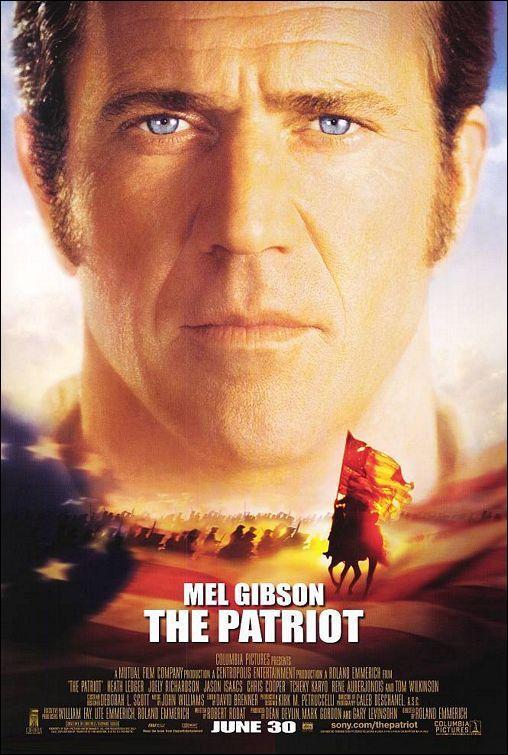

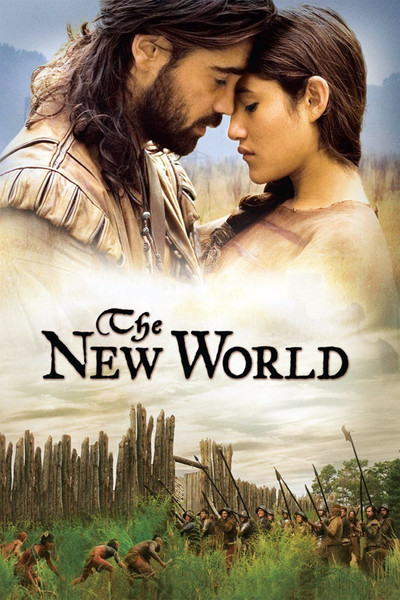

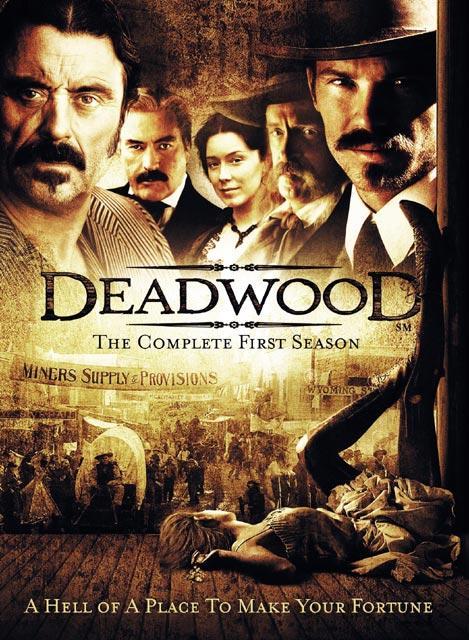
TIMELINE OF INVENTIONS
*You must be sure to include the main information about your inventions using English properly.
*While you show your inventions all members of each team must speak about them.
*You can also include gifts or real photographs (not more than 4).
*You will use this app: Stop Motion Studio or Quik.
Please, make sure you finish your video introducing yourselves.
Post your videos in the following padlets.
DEADLINE...28th november
Helpful webpages:
- Timeline of inventions XIX Century
- Timeline of inventions early XX Century
- Transportation
- Communication
An example of a basic timeline of inventions
4ºA & 4ºC In teams of 4, 8 inventions.
7. MOTORCYCLE: Bicycle, wheels, engine...
8 oct 2024
1ºESO UNIT 2 - 3. LANDFORMS & WATERFORMS

PARA SABER MÁS!!
- VOLCANES: es una apertura de la ______________que conecta con el manto. El magma sube por esta grieta, por la _________ del volcán, pudiendo erupcionar por el _______ y formando montañas o _______.
- LA TEMPERATURA
Si son extremas pueden romper la
roca. Por ejemplo: el agua al congelarse aumenta de volumen y si se encuentra
en una grieta rocosa, la rompe.
- LA ACCIÓN DEL AGUA
Si está en un río, en su nacimiento
arranca material y abre valles, en el curso medio transporta esos materiales y
en la desembocadura los deposita, acumulándose el material.
Si está en el mar, con las mareas y
las olas va formando acantilados rocosos o playas arenosas.
- LA ACCIÓN DEL VIENTO
El viento puede transportar
materiales (arena) que, al chocar contra las rocas, las erosionan.
- LA ACCIÓN DE LOS SERES VIVOS
La vegetación, animales y seres humanos cambiamos el
relieve. Por ejemplo: las raíces de un árbol o al construir un túnel en una
montaña.


APUNTES
*RELIEVE CONTINENTAL
1. Montaña:
2. Cordillera:
3. Valle:
4. Llanura:
5. Meseta:
6. Depresión:
*RELIEVE DE COSTA
1. Playa:
2. Acantilado:
3. Península:
4. Istmo:
5. Isla:
6. Archipiélago:
7. Cabo:
8. Golfo:
1. Plataforma continental:
2. Talud continental:
3. Llanura abisal:
4. Dorsal oceánica:
5. Fosa marina:
|
|


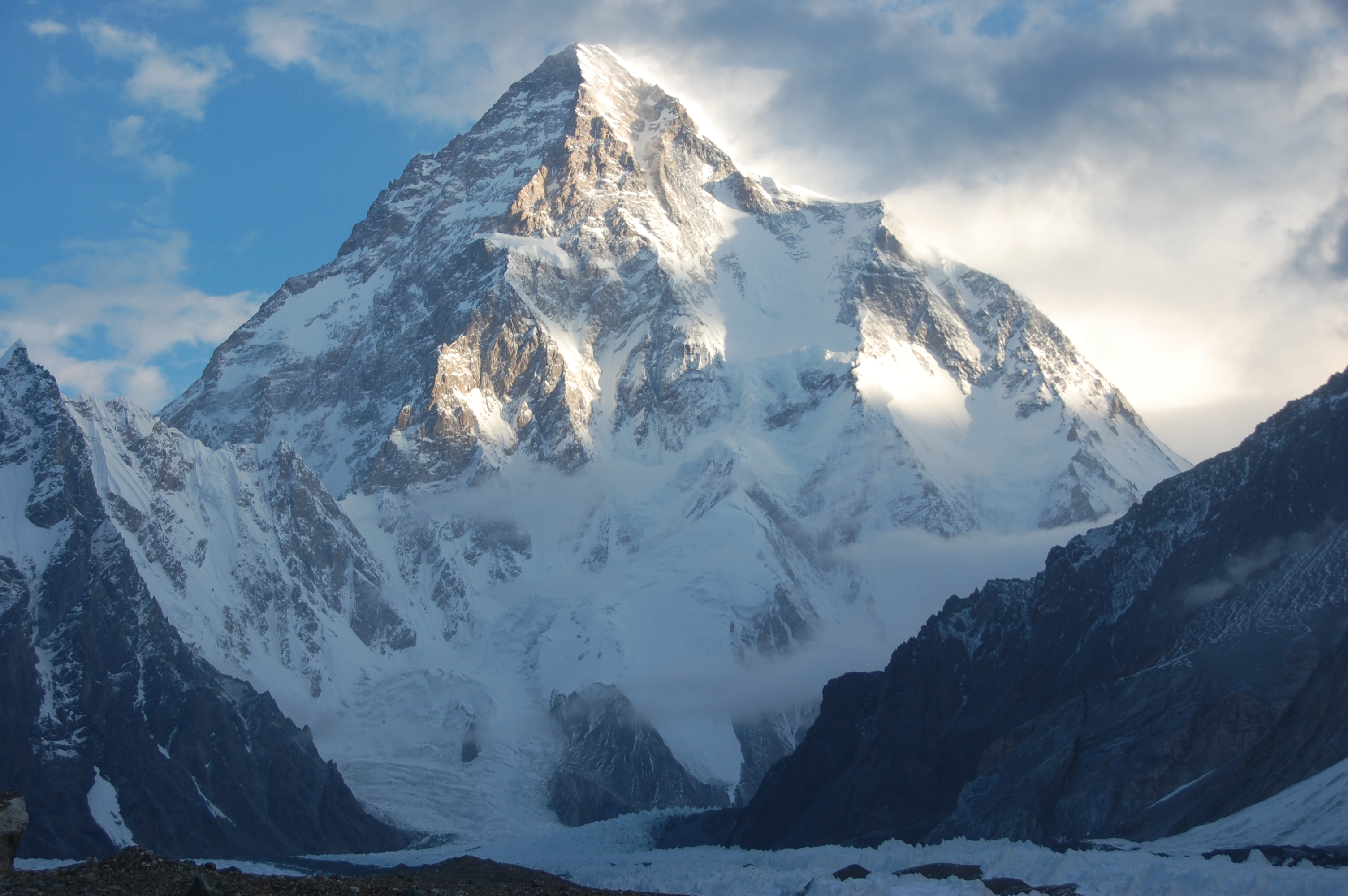
AHORA... REPASO DEL RELIEVE DE LA PENÍNSULA IBÉRICA: MAPA INTERACTIVO!!!
4.1. Locate the tallest world mountains by continents.
4.2. How mountains, rivers and canyons are formed? Click on this link:
LINK FOR LANDFORMS/WATER FORMS PROJECT!!
Click here to see the definitions for the PROJECT / EXTENDED VERSION
1. See an animated diagram of the "Water Cycle"! Then read this text and draw this picture on your notebook.
1. Evaporation. Water in the sea and lakes is heated by the sun's rays. It evaporates as water vapour and rises into the atmosphere.
1. Transpiration. Water vapour from the leaves of trees and plants rises into the atmosphere.
2. Condensation. Air cools and water vapour condenses to form clouds of small water droplets.
3. Saturation
4. Precipitation (Rainfall) Clouds get full of water and rain star to fall.
5. Infiltration. Some of the rain goes into the ground, it is called aquifers.
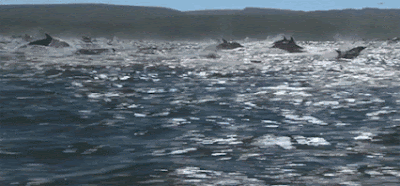
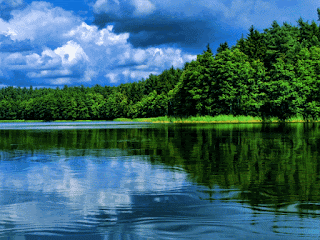
- LAKES are small bodies of freshwater surrounded by land. Ex. the Great Lakes in America.
- Son ondulaciones de la superficie del mar producidas por el viento. Su movimiento es circular y rompen al rozarse con el fondo del mar.
Pincha aquí para abrir el ejercicio.







